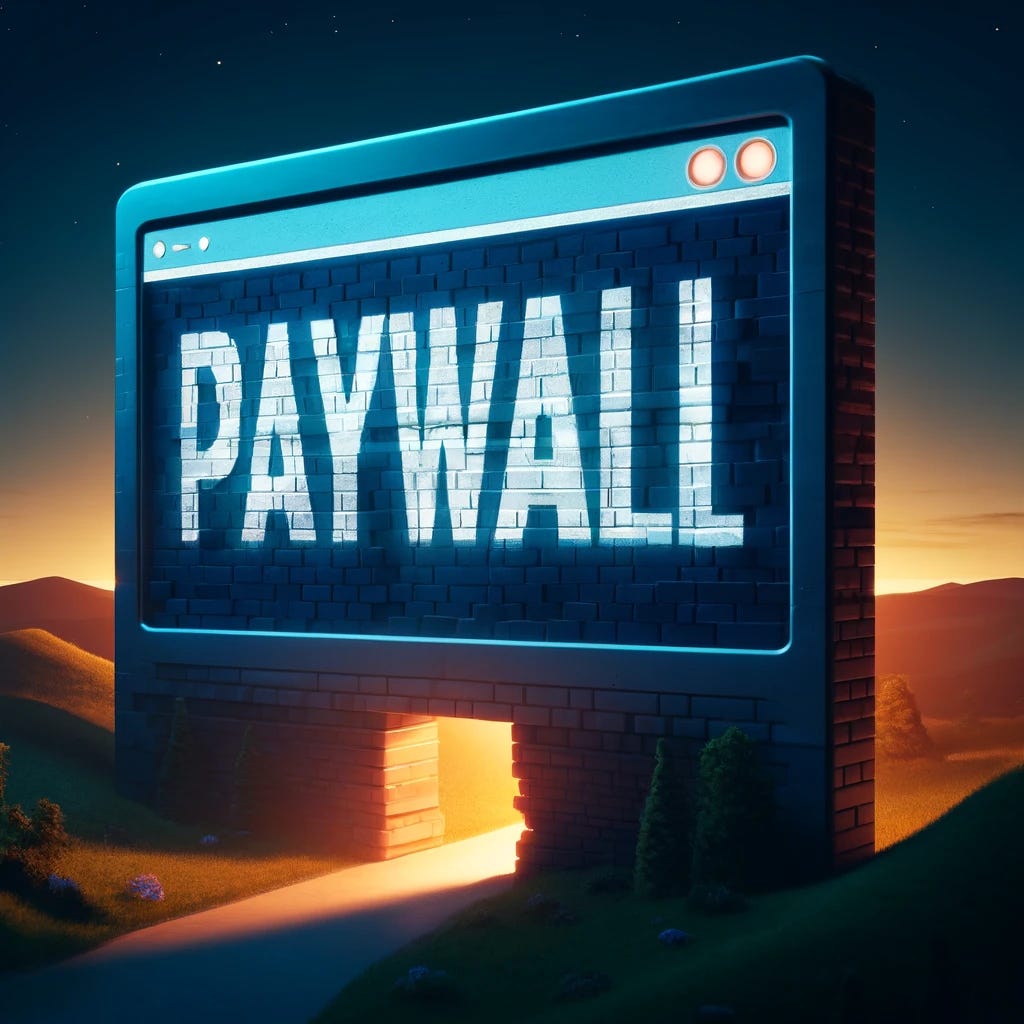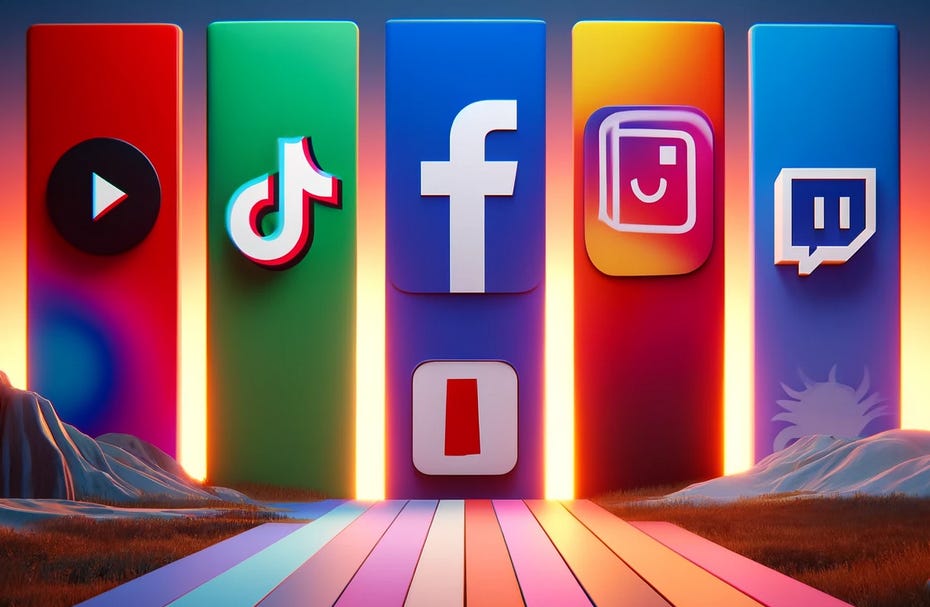Why I switched from Medium
...I also won't do the LinkedIn cesspool, but you should do what works for you.
Lately, I've been creating more content. It's truly become a refuge for me. Can't sleep? Write content. Heard something intriguing? Write content. Have a brilliant idea? Write content. Feel passionate about something? Write content—or maybe just take a breath (insert laugh here).
However, I've grappled with the infamous paywall in content creation, which is frankly frustrating. Let me clarify that I can't promise I'll never implement a paywall for all my content. After all, costs are rising daily. But apart from what I'd consider genuinely premium content, aimed at niche business audiences, I intend to keep most of it accessible.
It's disappointing, really. You find an article you're eager to read, and Medium says, "Like what you see? Well, too bad—you've already read five other mediocre, two-paragraph articles, so you're cut off until next month, pal." I despise that. I must admit, though, Medium excels in SEO and provides a platform for your content to be discovered. If you're creating highly engaging content, you should find ways to monetize it without alienating your audience—or you could use Medium, participate in their content creator program, and save yourself the hassle. Either way, it's disheartening when you're greeted with a subscription popup.
This issue isn't just a problem for readers; it's costly for creators if they aren't generating enough clicks. I recently discussed this with someone I respect who said it wasn't worth the subscription cost—and they were right. Why should I be penalized for producing content? It doesn't make sense, especially if you're new or don't yet have a recognized brand attracting content seekers.
Consider this: you're paying a platform to host your content, which in turn drives traffic back to that platform, hoping to build enough engagement to justify or surpass what you're paying... to drive traffic back to that platform. Think about it—it makes sense and yet, it's baffling.
Here's why this specific model falls short. It takes cues from platforms like Twitch, YouTube, and even TikTok (which is controversial right now), but these platforms allow you to publish and post content for free. They charge the subscribers, not the content creators (unless you opt for paid publishing). Premium options are just that—optional. If you don't want YouTube Premium, don't buy it. Just watch an ad and continue with your videos. In my opinion, Medium operates on a semi-broken model that imposes a subtle anxiety or pressure on creators to generate enough engagement to justify their expenses. Sure, $50 a year might not seem much given today's prices (the latest CPI was alarming), but it pressures you to feel obligated to justify that expenditure.
As for myself, I'm moving away from Medium. I'll be posting my content here and possibly through other channels—don't look for me on LinkedIn; it's essentially the corporate equivalent of Facebook, filled with self-promotion and insincere industry engagement. We'll save that discussion for another time.
In conclusion, this piece is clearly opinionated, and these views are solely my own. At the end of the day, I believe you should do what works best for you, and perhaps I'll revisit this topic in the future. But for now, I'm off the Medium bandwagon.


